Project "locks" Con Coc flower garden
An architectural forum was opened on Facebook by Dr. Truong Ngoc Lan, Deputy Head of the Faculty of Architecture and Planning ( Hanoi University of Civil Engineering), talking about the project at Dien Hong flower garden. "I see a lot of positive reviews about this work, so I would like to conduct a small survey. What do you think is the best point of this design idea, and what is the first good point that comes to your mind? In particular, I really hope to receive answers from architects to serve the work of architectural criticism," Mr. Lan wrote.
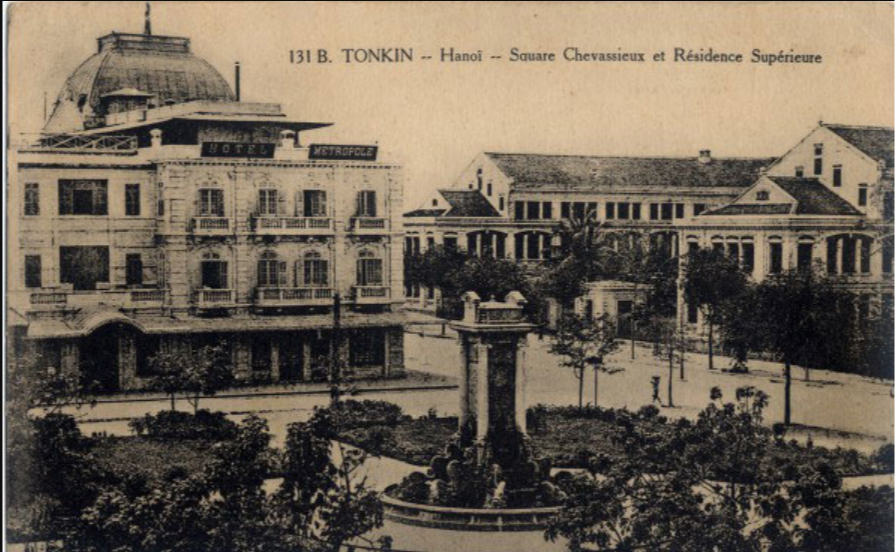
Toad Garden is a familiar French architectural work in Hanoi.
The project Mr. Lan mentioned is the pavilion, where the works honored in the Top 10 Outstanding Housing and Interior Design of the Year (Top 10 Awards) - an annual award sponsored by the Vietnam Association of Architects. In other words, it is like an outdoor exhibition room with four large mirrors, surrounding the fountain of Dien Hong flower garden. The toad fountain sprays water up to the tower, the water then gradually flows down to the lower water dishes. This project is so familiar to the people of Hanoi that people rarely remember the name Dien Hong, but often call it Con Toad flower garden.
"The pavilion's authors are Nguyen Dinh Hung and Nguyen Hoang Kim of NOWA Architecture Company. Every year, the award ceremony has a pavilion built. Kien Viet (an architectural information network of the Vietnam Association of Architects - PV) invites talented and potential architects to design and construct the project. They will show their talent through that project," said Mr. Vuong Dao Hoang, Head of the organizing committee of the Top 10 Awards architecture award.
In fact, this project makes people no longer see the Toad Fountain when passing by as usual. They will only see the opposite buildings reflected in the mirror, blending into the space. You can see the Bac Bo Palace (now the Government Guest House), the Metropole Hotel, and the Italian Cultural Center surrounding it. In particular, many trees in this flower garden are also reflected in the mirror, creating the feeling that there are many times more trees. Passing through the door of the project with the traditional stone dog standing guard, viewers enter the space with the fountain and this year's award-winning architectural works being introduced.
According to Mr. Nguyen Dinh Thanh, a cultural communication expert, through the project, the organizers want to evoke the message about heritage "If you have it, don't keep it, if it's lost, don't look for it". He raised the question: "What happens if Turtle Tower disappears? What happens if many other typical works that Hanoians are proud of and love disappear? Where is the limit between tradition and modernity, between simplicity and complexity, between new and old, between inside and outside? Where is the boundary between architectural creativity and human-centeredness?".
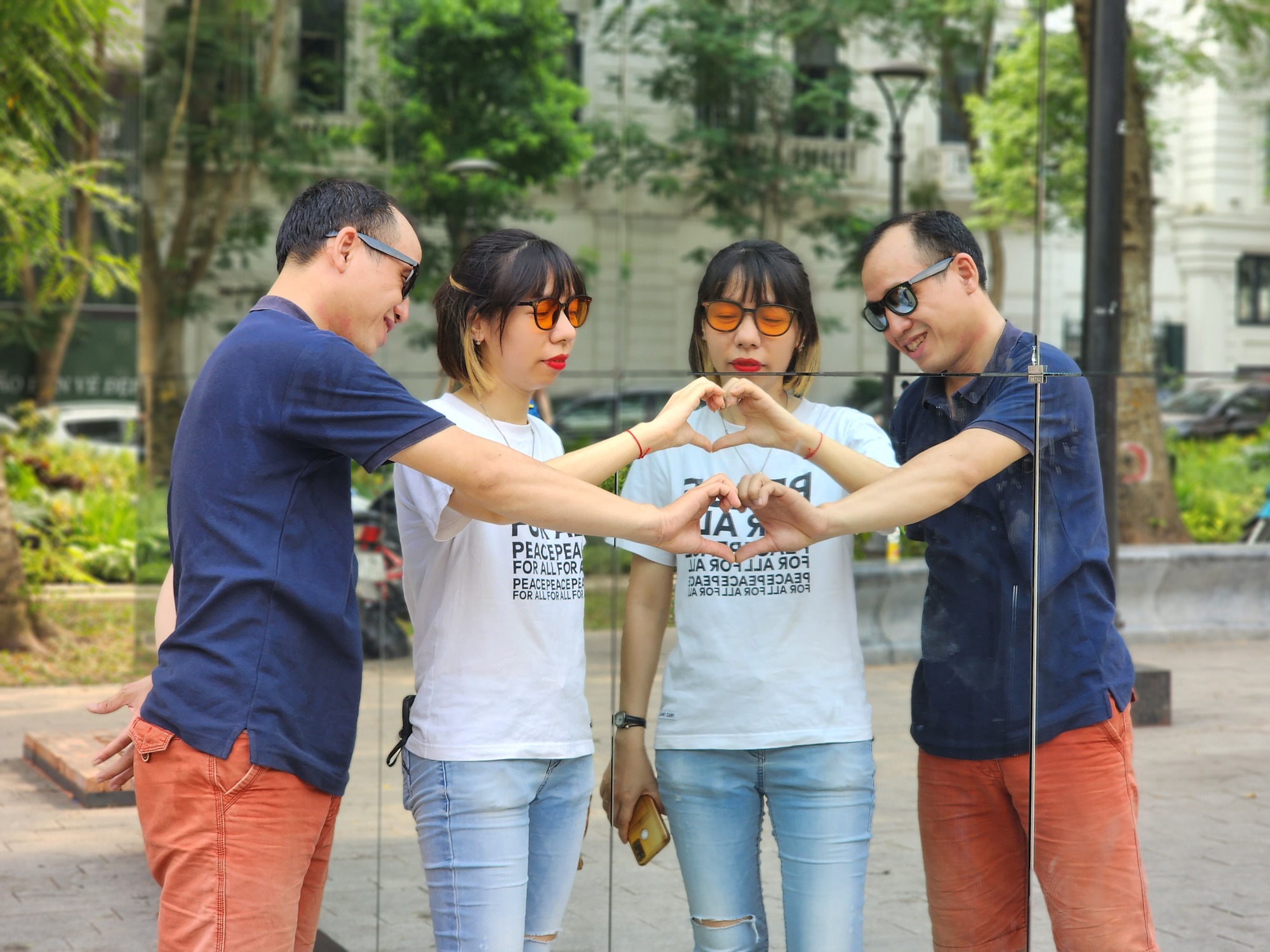
People "like" the project
The "lifespan" of the project is extended according to the wishes of the people.
In the forum that Mr. Lan opened, there were concerns about the fact that this pavilion is an iron-glass system placed in the middle of the hot summer in Hanoi and that this option would be better in the cool/cold season. Regarding this, Mr. Vuong Dao Hoang said that the greenhouse effect only occurs when light passes through glass and is retained in it. Mirror constructions will not need to worry about this effect.
On the other hand, according to Mr. Hoang, the use of mirrors is very interesting. To the west of the building is the Bac Bo Palace building. That Bac Bo Palace building has blocked all the sunlight for this pavilion. The building is also not as tall as the big buildings so it does not reflect sunlight. "That means the entire block is submerged under the canopy of the flower garden. The canopy is even taller than the mirror block, the reflection in the mirror makes the mirror block seem to sink and disappear, only the tree is visible. Literally, the building disappears," said Mr. Hoang.
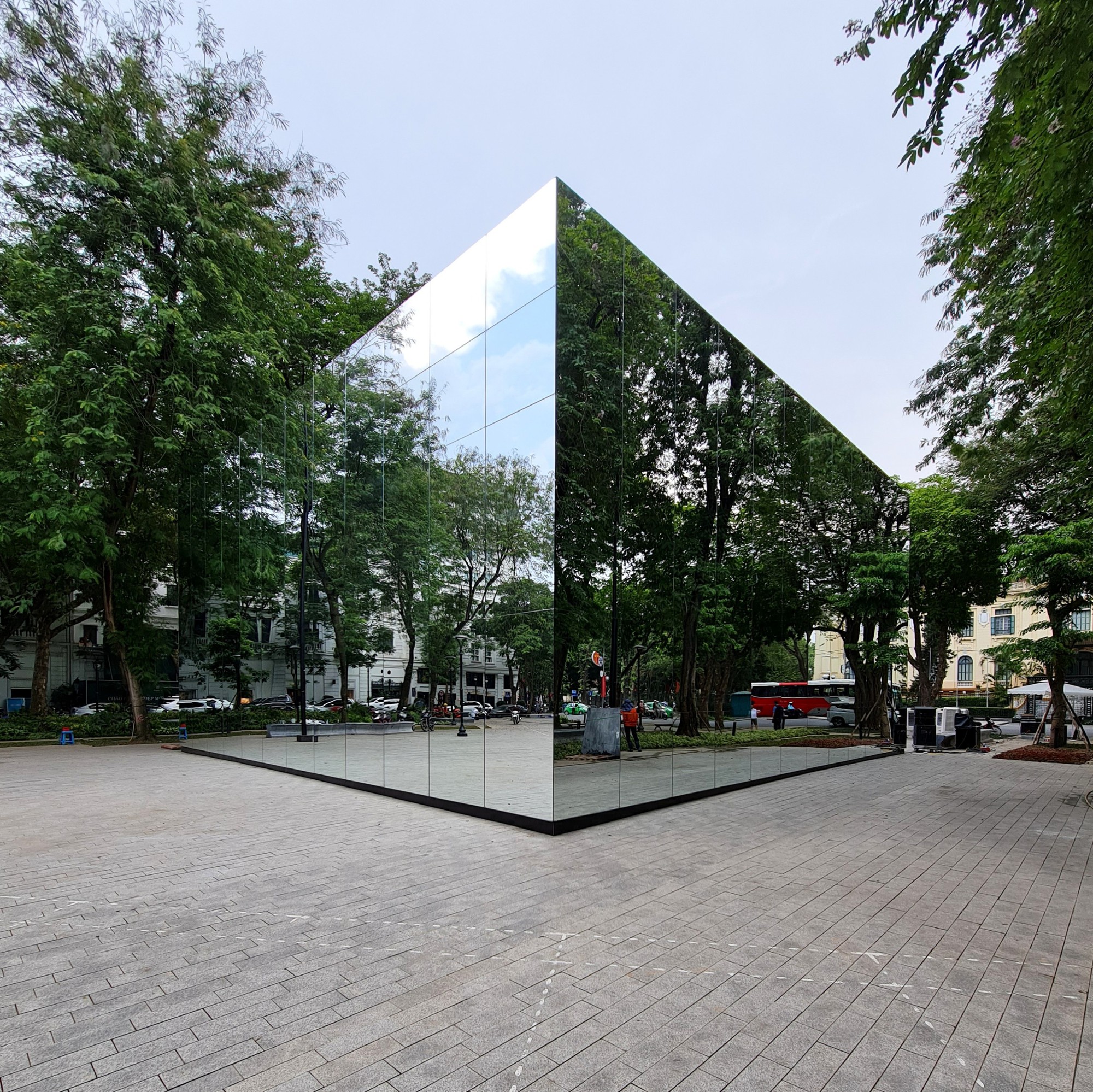
Green tree printing project
"A glass pavilion enclosing one of the first architectural works in Hanoi during the French colonial period, the first public flower garden in Hanoi, will be very inspiring to think and discuss about heritage issues. That means, although "confined", the pavilion opens up very strong thoughts about the work", Mr. Nguyen Dinh Thanh commented.
Architect - interior designer Nguyen Phuong Chi believes that the pavilion at Con Coc flower garden has a very profound story and intention because it touches the spiritual level of Vietnamese people. "If you visit the pavilion, you will see that the work does not only exist as a work of art, but it also creates many emotions for viewers: pride, regret, worry, love, responsibility, past and future... The hundreds of years of heritage are both covered and reflected through the "skin" layers of the work, making it a catalyst of emotions," said the designer.
As a project designed for the exhibition of awards and to send a perspective on heritage preservation, this project is not intended to be kept long-term. There are also many opinions about the "lifespan" of the project. For now, the work is expected to be on display until June 5. During that time, the project also consumes the resources of the organizing committee. "There must be someone to look after and operate it. The cost of hiring security guards is high, plus the cost of renting scaffolding to build the project," said Mr. Hoang.
Currently, the People's Committee of Hoan Kiem District also wants to reuse this pavilion for the Monsoon music festival of musician Quoc Trung. Regarding the possibility of extending this project so that people can continue to interact, Mr. Pham Tuan Long, Chairman of the People's Committee of Hoan Kiem District, said: "We will consider based on the wishes and support of the people."
Source link





![[Photo] T&T 1 and Ho Chi Minh City 1 People's Police Teams won the men's and women's team championships](https://vphoto.vietnam.vn/thumb/1200x675/vietnam/resource/IMAGE/2025/5/22/39db06ae67cb4001b7a556e8d9a56d07)


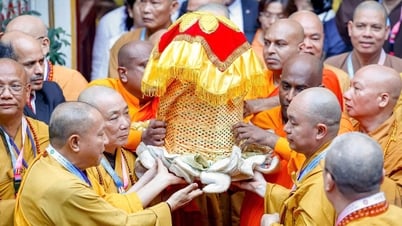
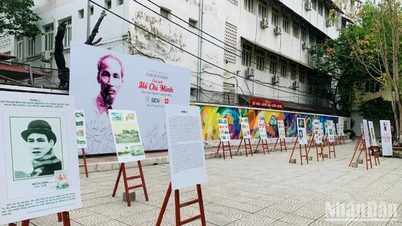





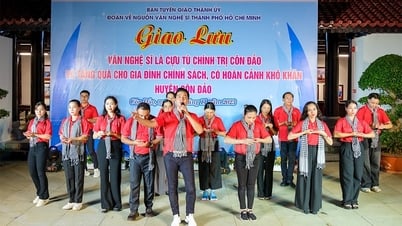





















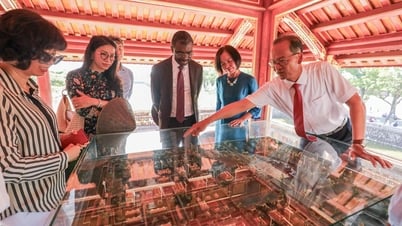



























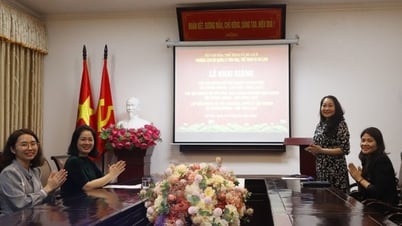

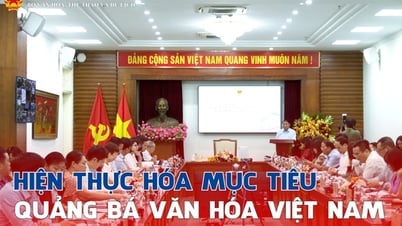
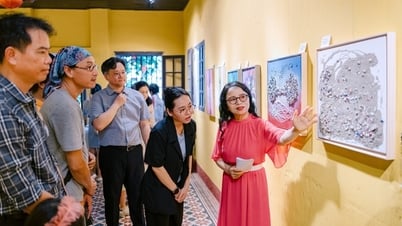


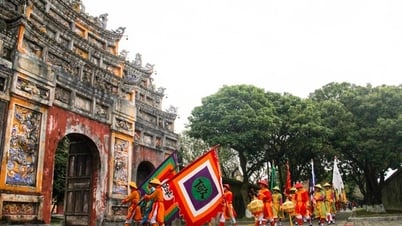







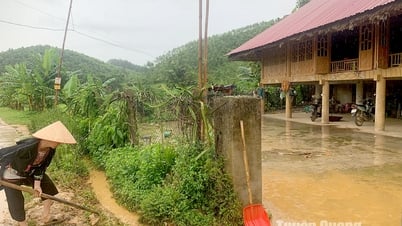












![[Podcast] Week introducing more than 500 OCOP products in Hanoi](https://vphoto.vietnam.vn/thumb/402x226/vietnam/resource/IMAGE/2025/5/22/d144aac2416744718388dbae3260e7fd)

Comment (0)